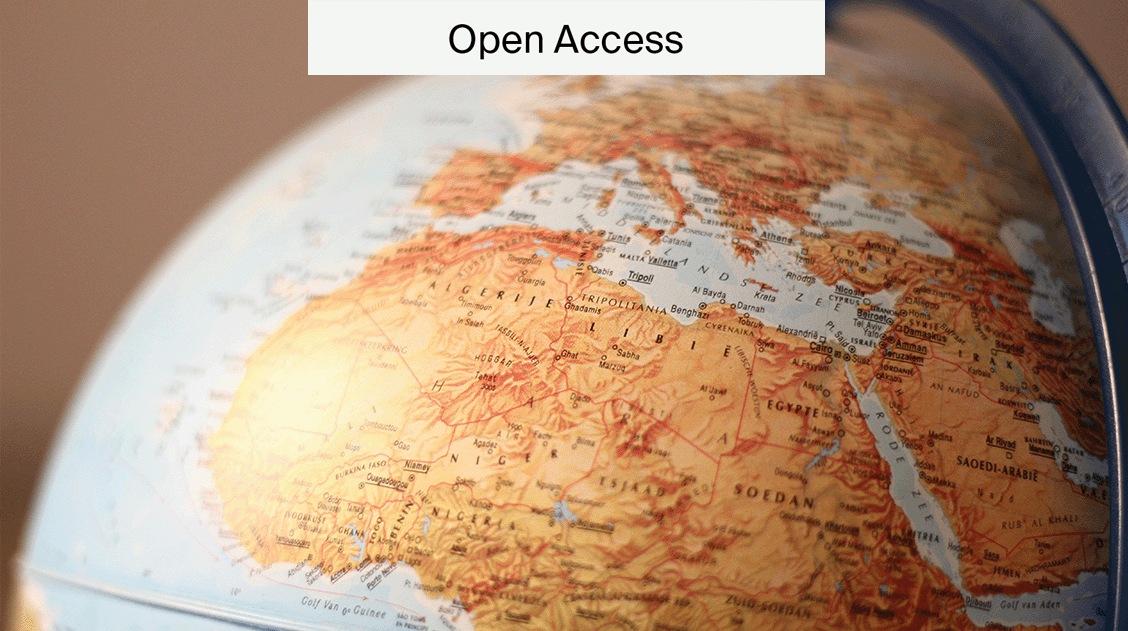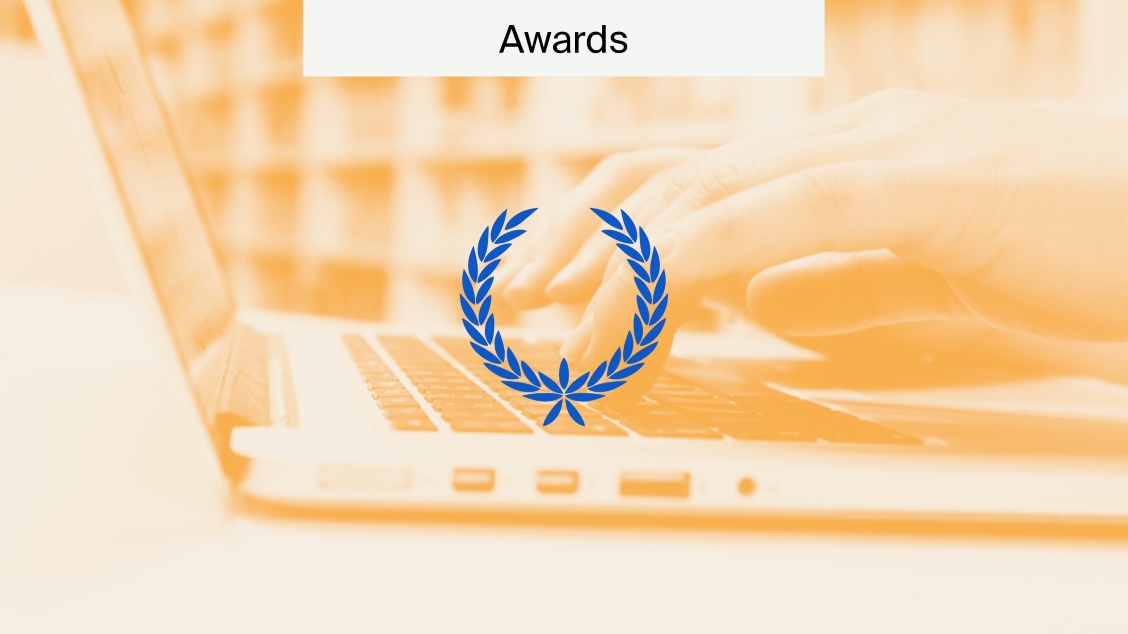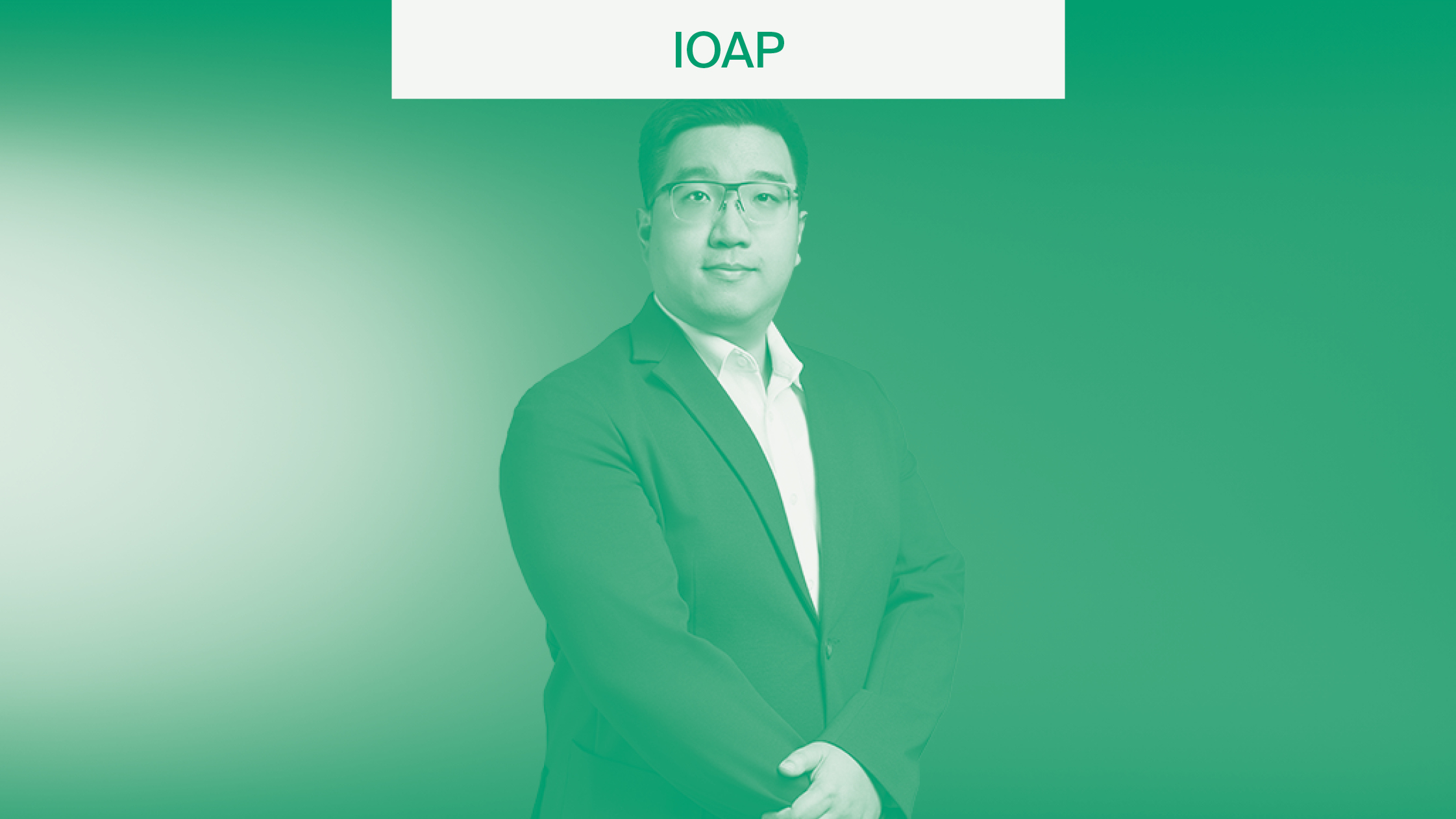
Growth of Open Science in Africa
Since their inception, Open Access and open science have been focused on increasing access to knowledge for those who need it most. Scholars across Africa face unique challenges in accessing research, which stems from various factors, including rising subscription fees and lack of access to scientific equipment.
In response, open science has spread across the continent from community- and government-led initiatives to increase access to research and the visibility of work by African researchers.
Here, we provide a comprehensive overview of open science in Africa to showcase the work being done by African researchers to advance knowledge within the continent.
Research in Africa
Africa is a large continent, with over 50 countries. Hence, there are major differences between those with the highest and lowest outputs of research. For example, between 2000 and 2015, South Africa and Egypt together produced almost half of the research on the continent.
Therefore, it is important to see the international initiatives in the context of countries at various points in their journeys towards developing scholarly infrastructure and exploring different approaches to respond to their national needs and challenges.
In sub-Saharan Africa, for example, the lack of access to scientific information is prominent. This is due not only to a widespread lack of internet access, but also due to restrictive subscription fees on journals.
ASSAf landscape study of open science in Africa
In 2019, the Academy of Science of South Africa (ASSAf) published a landscape study of open science in Africa.
They estimate that Africa produces 0.75% of global scientific knowledge and that there is a low political willingness to make funding available for science. This is echoed in the UNECA 2018 Sustainable Development Report, which highlights the low levels of organisation and funding of many science systems in Africa.
The main challenges that ASSAf identify are the following:
- Insufficient e-infrastructure.
- Skills shortage.
- Lack of incentivisation.
- Low status of scholarly journals published in Africa.
They go on to show that, as of 2019, Open Access policies tended to be at an institutional rather than a national level.
The need for accessibility in Africa
Launched in 2015, SPARC Africa was established as a development forum to assist with capacity building and infrastructure development. When discussing the situation of accessing research in Africa, they explain
Exacerbating the subscription crisis is the fact that research on ‘African issues’ conducted by African and non-African researchers are published in an elite few North American and European journals. These journals, in the main, have high subscription costs which drastically reduce its circulation in Africa.
These issues are further worsened by unfavourable exchange rates, inflation, economic recession, and lack of resources.
This means that African knowledge is inaccessible to many Africans. Policymakers and community leaders cannot drive changes if the knowledge they need to base change on is behind a paywall.
In the 2019 study by ASSAf, Open Access and open science are identified for addressing these many challenges. They call for policies, incentives, provision, and infrastructure to be developed with openness in mind.
Thomas Hervé Mboa Nkoudou, a researcher in open science and digital humanities in Cameroon, goes further, explaining that policies in Africa are often replicated from Western contexts and not contextualised properly.
Hence, open science in Africa must be contextualised so that it directly addresses the needs of African researchers and societies.
Overview of open science in Africa
Here, we overview the various open science initiatives in the African continent and how they are working to advance open science in the context of African needs.
AfricArXiv
Launched in 2018, AfricArXiv is a pan-African Open Access portal. It is community led and serves as a decentralised digital archive for diverse African research items.
Researchers can upload manuscripts, reports, datasets, codes, and more.
The mission of the platform is to increase the visibility of African research by ensuring accessibility and increasing discoverability, whilst also creating collaboration opportunities.
African Principles for Open Access
Signatories from AfricArXiv agreed upon the 10-point African Principles for Open Access.
These principles cover a range of contextualised focus points for African Open Access. The first principle is a call for opening research:
Academic Research and knowledge from and about Africa should be freely available to all who wish to access, use or reuse it while at the same time being protected from misuse and misappropriation.
The second principle also calls for opening datasets.
Principles 3 through to 9 are more specific, covering topics like ensuring research is published in English and local African languages, taking indigenous and traditional knowledge into consideration, and respecting regional diversity.
These principles reflect the specific aims of the African context and how they emerge from the global mission of achieving Open Access.
African Journals Online
African Journals Online (AJOL) launched in 1998 and is an online collection of African scholarly journals.
The platform also provides journal publishing practices and standards and technical training services. It is South Africa-based and specifically supports and encourages (but does not require) Open Access models.
As of March 2025, it features 865 journals, with over 400 over them being Open Access. Featuring journals from over 41 countries, there are over 200,000 full-text articles, of which around 130,000 are Open Access. Monthly downloads are in the millions for the hosted research items.
AJOL actively “supports and encourages Open Access”.
Collaboration with Latin American initiatives
In Latin America, LA Referencia and RedCLARA are two leading open science initiatives.
In 2021, they signed a Memorandum of Understanding with three African research and education networks (ASREN, WACREN, and UbuntoNet Alliance) to formalise their relationship in increasing open science activities.
Their primary goals include:
- Advancing open science policies, services, and infrastructures.
- Ensuring work reflects the unique needs and conditions of each continent.
- Working within a framework of international cooperation.
This Memorandum demonstrates a common recognition of the challenges and opportunities the Global South faces in conducting and publishing research.
African Open Science Platform
Established in 2017, the African Open Science Platform (AOSP) is a multi-institutional and multidimensional initiative that aims to provide African scientists with the necessary tools and concepts for practising open science in Africa.
It provides the means to find, deposit, manage, share, and reuse data, software, and metadata and serves as a community hub, amongst many other things.
AOSP’s strategy involves adopting to the open science paradigm as a leader not a follower, aligning its goals with societally engaged priorities. It actively works towards the following:
- Establishing infrastructure for hardware, communications, and software.
- Supporting the creation of policies and enabling practices to support open science in Africa.
- Founding a network of excellence that engages scientists and society.
For example, the East African section of AOSP focuses on applying open science to the monitoring, prediction, and decision making needed to sustainably implement the UN’s Sustainable Development Goals.
This includes regional cooperation, network connectivity, infrastructure access, and the sharing of data, tools, and expertise.
African Open Science Hardware
Science hardware encompasses anything physical used to conduct science. This can range from tools or machinery like microscopes and environmental sensors.
Open science hardware refers to hardware that is free to use, change, study, or distribute.
The African Open Science Hardware initiative aims to increase access to conducting science. It is engaged in over 35 countries and has over 350 community members.
Yearly summits are held in different African countries, focusing on building a community through dialogue, collaboration, and visibility.
The initiative aims to develop low-cost, open-source scientific instruments. This exemplifies how African open science practitioners are designing their initiatives based on community needs.
Science for Africa Foundation
The Science for Africa Foundation (SFA) is a Pan-African, non-profit public charitable organisation that works to support, strengthen, and promote science and innovation in Africa.
It has three thematic focus areas: health, climate, and agricultural research and development.
The Foundation has an Open Science Initiative. This focuses on building a community around open-source software, tools, and structures.
The initiative actively supports the open publication of research and data.
African Digital Research Repositories
African Digital Research Repositories features a list of known repositories within Africa.
The resource has an interactive map that includes over 200 repositories from 28 countries, as of March 2025.
The platform increases visibility and seeks to ensure there are routes to openly sharing work and accessing it.
Increasing access to data can have powerful real-world benefits. For example, extreme climate events have reduced agricultural productivity in sub-Saharan Africa by 34% since 1961. So, the Jimma University Data Science Hub has created a data-driven agriculture hub in Ethiopia. By implementing data and AI in agriculture, the project seeks to create an adaptive and predictive system that addresses a key challenge in the region.
Characteristics of open science in Africa
Open science initiatives in Africa focus not only on increasing access to research for Africans but also increasing the visibility of their research. This is especially true for societally engaged research that focuses on addressing the specific challenges that different areas face.
To ensure research can be conducted, there are a range of groups dedicated to ensuring science hardware is accessible.
In short, the Africa open science community formed around a common recognition that there are barriers to producing, accessing, and publishing research in Africa. Therefore, open science has emerged not as a solution but a framework that a uniquely African approach is being applied to.
Why Open Access?
Many researchers are choosing to publish their work in an Open Access format. Governments, funding agencies, and higher education institutions are also mandating Open Access to varying degrees. All this support led to Open Access surpassing subscription-based publishing in 2020.
In our article 6 Benefits of Open Access, we overview the main benefits of OA.
- Clarity around copyright and licensing ensure that readers know what they can do with work and that they are protected when reusing it.
- OA research receives more citations and from more diverse disciplines, institutions, and locations.
- 85% of the world’s population live in low-to-middle-income countries. OA ensures that vital information and cutting-edge insights are not limited to countries who can pay to access them
- OA allows people from outside of academia to access research without spending large amounts of resources to access it.
- OA enables interdisciplinary research by allowing researchers to focus on common aims rather than be restricted to what’s in their fields.
- Many governments, funders, and higher education institutions are requiring OA publication. Satisfying their requirements for publication mean your research can receive the backing it needs.
Supporting open science in Africa
Scholars across Africa face unique challenges in accessing research.
Open science in Africa has emerged particularly from community initiatives to increase access to research and the visibility of work by African researchers.
For authors from low- and middle-income countries, MDPI offers waivers or discounts on a case-by-case basis. Additionally, for journals in fields with low levels of funding, where authors typically do not have funds available, article processing charges (APCs) are typically waived and cross-subsidized from fields for which more APC funding is available. Click here to learn more about MDPI’s waivers and discounts.
Moreover, MDPI’s Institutional Open Access Program streamlines the publishing processes for both authors and institutions. And it offers discounts to members. There are three universities from South Africa and one from Egypt already enlisted in the program. You can send in requests to have your institutions included too.
If you want to learn more about Open Access, see our article Why Open Access is Important for more.










